Archivio iconografico Iuav
La collezione presenta immagini tratte da una raccolta di riproduzioni digitali che a partire dal 2006 è stata formata per iniziativa del Servizio Comunicazione e stampa e dell’Archivio Progetti Iuav, indagando giacimenti fotografici sparsi negli uffici dell’ateneo e i fondi archivistici dell’Archivio Progetti e invitando docenti, personale ed ex-studenti a cedere anche solo temporaneamente fotografie in loro possesso che documentassero qualunque aspetto della storia dell’ateneo. I materiali sono stati digitalizzati presso l’Archivio Progetti prima di essere, quando richiesto, restituiti e qui le riproduzioni vengono conservate per essere utilizzate principalmente nelle pubblicazioni dell’università.
La consistenza dell’archivio è attualmente di circa 1700 fotografie, sicuramente destinate ad aumentare. Si tratta di materiali di contenuto e qualità estremamente vari: fotografie ufficiali e non, scatti d’autore e amatoriali, testimonianze di avvenimenti importanti nella storia dell’ateneo come di momenti legati alla quotidiana attività nelle sue diverse sedi, alcune delle quali (San Trovaso, villa Albrizzi a Preganziol) non vengono più utilizzate dall’università.
Scegliendo da questo patrimonio di grande valore documentario, vengono organizzate delle sottocollezioni tematiche, dedicate ciascuna a un episodio circoscritto e quando possibile finalizzate a presentare insiemi omogenei di documenti. È il caso, per esempio, dell’album contenente diciotto fotografie Giacomelli che mostrano gli ambienti della sede originaria di San Trovaso, recuperato nell’Ufficio Tecnico dell’università, oppure delle fotografie dell’archivio di Egle Renata Trincanato scattate durante un viaggio di studio in Libia, organizzato dal Regio Istituto nel 1937.
Come l’archivio iconografico da cui ha origine, la collezione è quindi aperta e destinata ad accrescersi nel tempo con l’aggiunta di nuove sottocollezioni dedicate a capitoli di una storia che ha inizio nel gennaio 1926, con l’emanazione di un regio decreto che istituisce e finanzia la Scuola Superiore di Architettura di Venezia, poi Regio Istituto, dal dopoguerra Istituto Universitario di Architettura e oggi Università Iuav.







 è un servizio del
è un servizio del